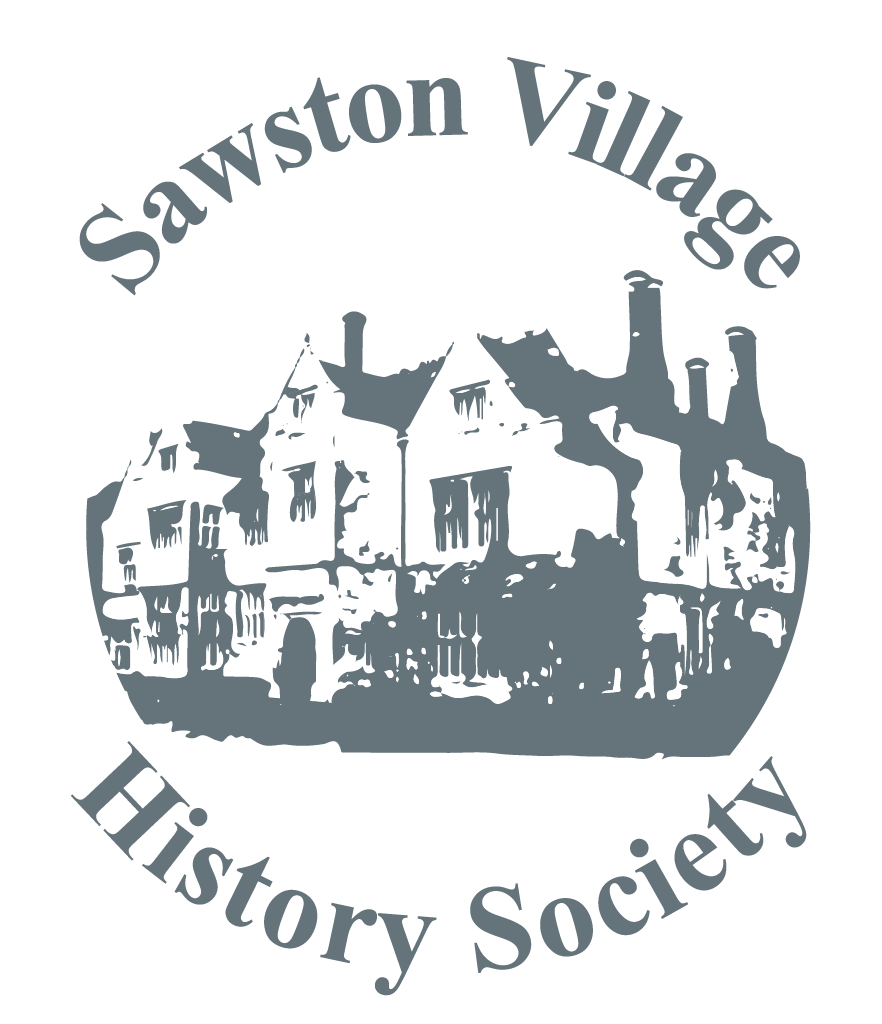
The First World War's inexhaustible need for cannon fodder created opportunites for women to fill non-combatant roles in the armed forces. The Women's Auxiliary Army Corps was created in 1916, The Women's Royal E Navy in 1917, and finally the Women's Royal Air Force in 1918. The WRAF served on RAF stations in the UK and later in Europe fulfilling duties in four trades - clerks, household services, technical trades, and nurses. However, they were not highly valued, or well paid, and with the war over and the WRAF was closed down in August 1919.
It was only the prospect of a future resumption of war with Germany that led to the creation of the Women's Auxiliary Air Force in 1939, although women pilots were used to deliver aeroplanes to airfields from 1938.
In 1941, conscription of women was introduced, and with the shortage of pilots, 30 women pilots were selected. Pauline Gower recruited twelve, but the requirement to have 500 hours flying in their log-books reduced this to eight. There was strong resistance to women pilots and they were only allowed to fly Tiger Moths and Miles Magisters - training aeroplanes. Gradually the resistance crumbled, and numbers increased to twenty, of whom four were allowed to fly Hurricanes. In time they were joined by twenty-five American women pilots.
Heavy losses of aircraft meant that there was constant urgent need for new aircraft to be flown from the factories to operational airfields, regardless of weather conditions, with very little in the way of navigational aids. Amy Johnson was one of many women pilots who paid the ultimate price. The types of aircraft flown by women pilots increased as the war went on, from fighters such as Hurricanes and Spitfires to bombers such as Halifaxes and Lancasters.
Post war developments led in 1949 to the WRAF becoming integrated with the RAF, and after training women could be sent to RAF stations abroad. In 1968 women had the same promotion ranks as men. In 1991 women were able to become navigation officers in the air, and Julie Gibson became the first operational female pilot.
In 1994 women in the WRAF became full members of the RAF, and Jo Salter became the first woman to fly a jet aircraft - the combat ready Tornado. Women flew combat missions in Afghanistan and Iraq. Kirstie Moore joined the Red Arrows and Sue Grey was appointed Air Marshall. In today's RAF, every role is open to men and women, and women account for 14% of the service.
Jim Butchart